All the characters of the Santo Domingo Carnival
The island gets decked out even more during the February Carnival season, which coincides with the events to commemorate the nation’s independence. Discover all the characters of Santo Domingo Carnival and...enjoy!
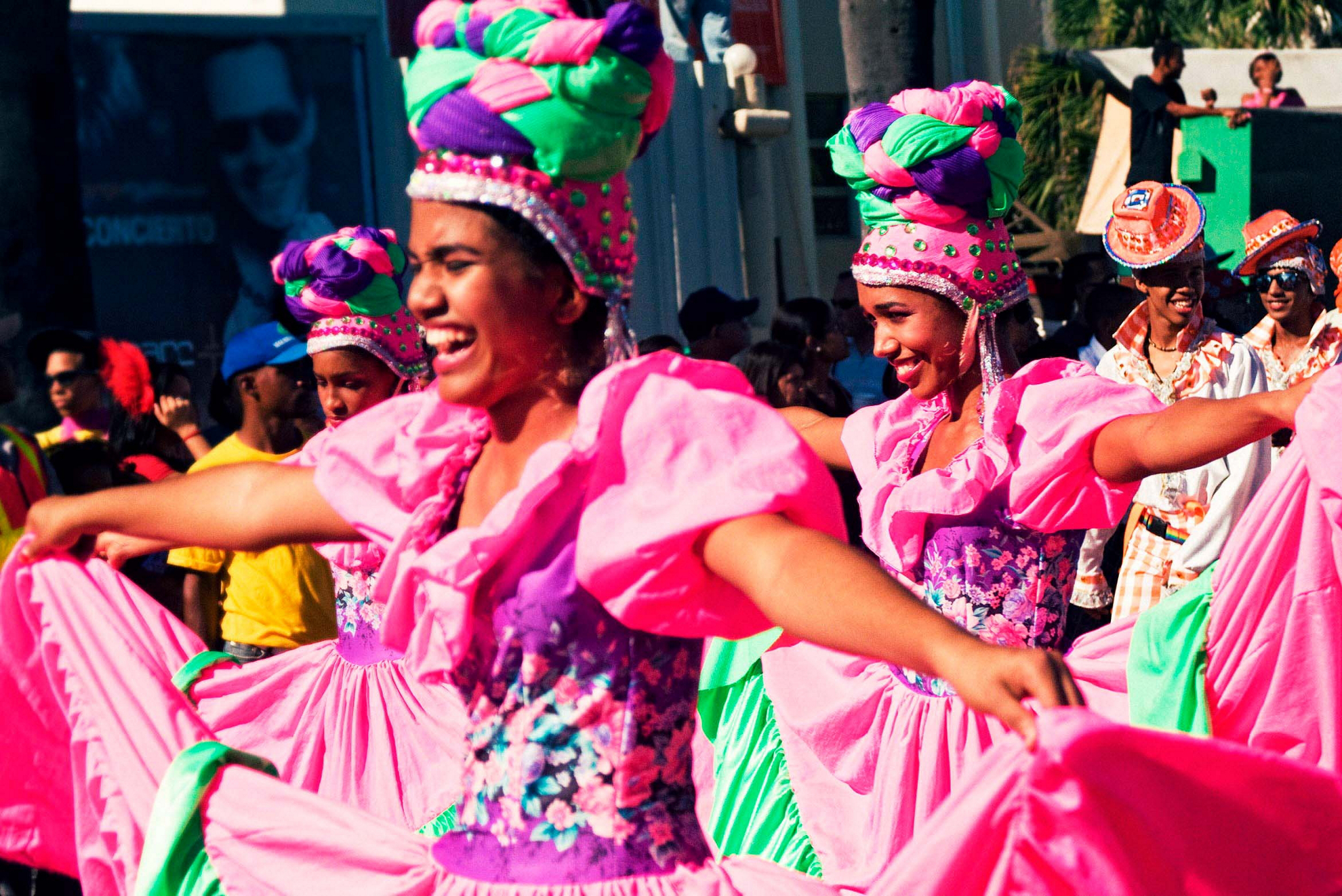
The question: Is there always a festival going on in the Dominican Republic? The answer: Yes. The island gets decked out even more during the February Carnival season, which coincides with the events to commemorate the nation’s independence.
In every city and town, people put on their costumes and hit the streets to celebrate Carnival in the Dominican Republic. Carnival here lasts the entire month, and although the festivities held in La Vega and Santiago are the most famous, Santo Domingo’s version is becoming increasingly popular.
Carnival begins on the last Sunday of January and lasts through the last Sunday of February, coinciding with the official events to mark the nation’s Independence Day on February 27. The annual parade takes over Avenida George Washington in Malecón to the beat of merengue music, but Enriquillo Park is the epicenter of nearly all the events that bring together the city's residents clad in traditional costumes. But what are they characters they are dressed up as? Take note so you can recognize them at a glance.
SANTO DOMINGO CARNIVAL: CHARACTERS
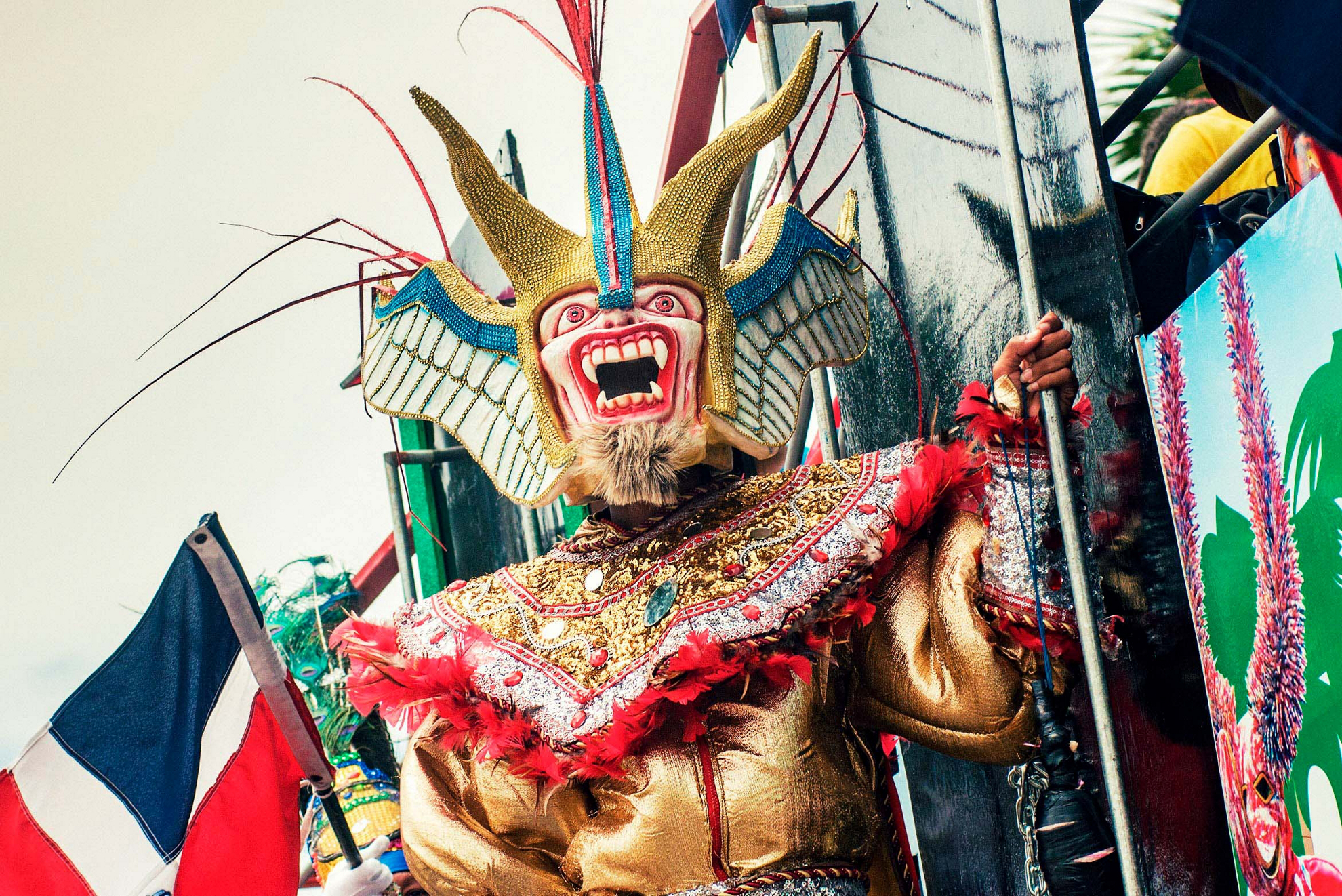
The Indians: These make reference to the indigenous roots and are traditionally made of rice sacks.
The Africans: These symbolize African ancestors. Known as “tiznaos”, they paint their skin black and wear skirts made of coconut and palm leaves
.The Ali Babas: This is the latest group to join the Santo Domingo Carnival scene. The name and costumes are inspired by the characters from the story Ali Baba and the Forty Thieves.
Se me muere Rebeca (Rebeca is dying): This character consists of a woman carrying a doll representing her sick daughter whom she is trying to take to the hospital, and she begs for spare change to get there. As part of the ritual, she shouts, "Se me muere Rebeca," (Rebeca is dying!) and the group replies, "...ay, ay…"
Califé: This is one of the most traditional characters of the Dominican Carnival and it satires the political and social current affairs of the nation (and also the world) through the use of rhymes and poetry. You’ll recognize him by his attire: a tall hat and a black tuxedo.
The Barceló Santo Domingo hotel is your best operations center for experiencing the Santo Domingo Carnival.
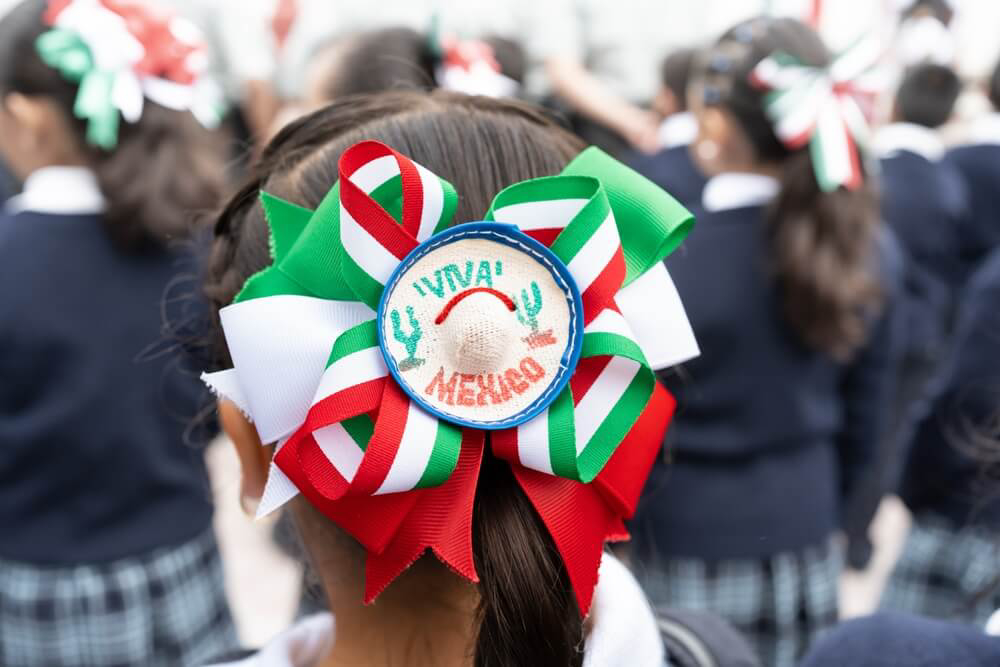
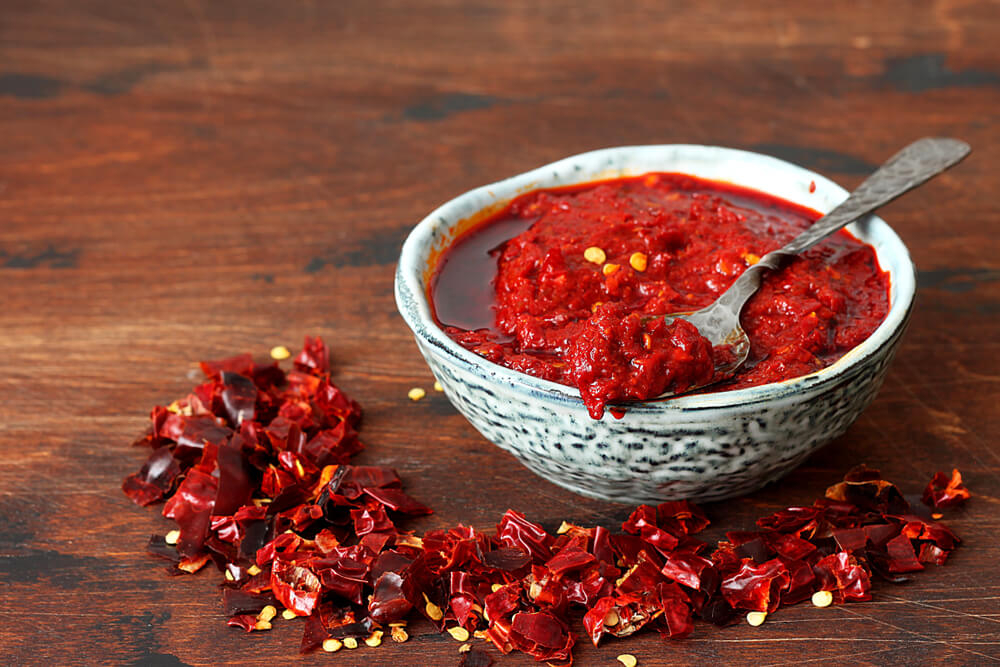
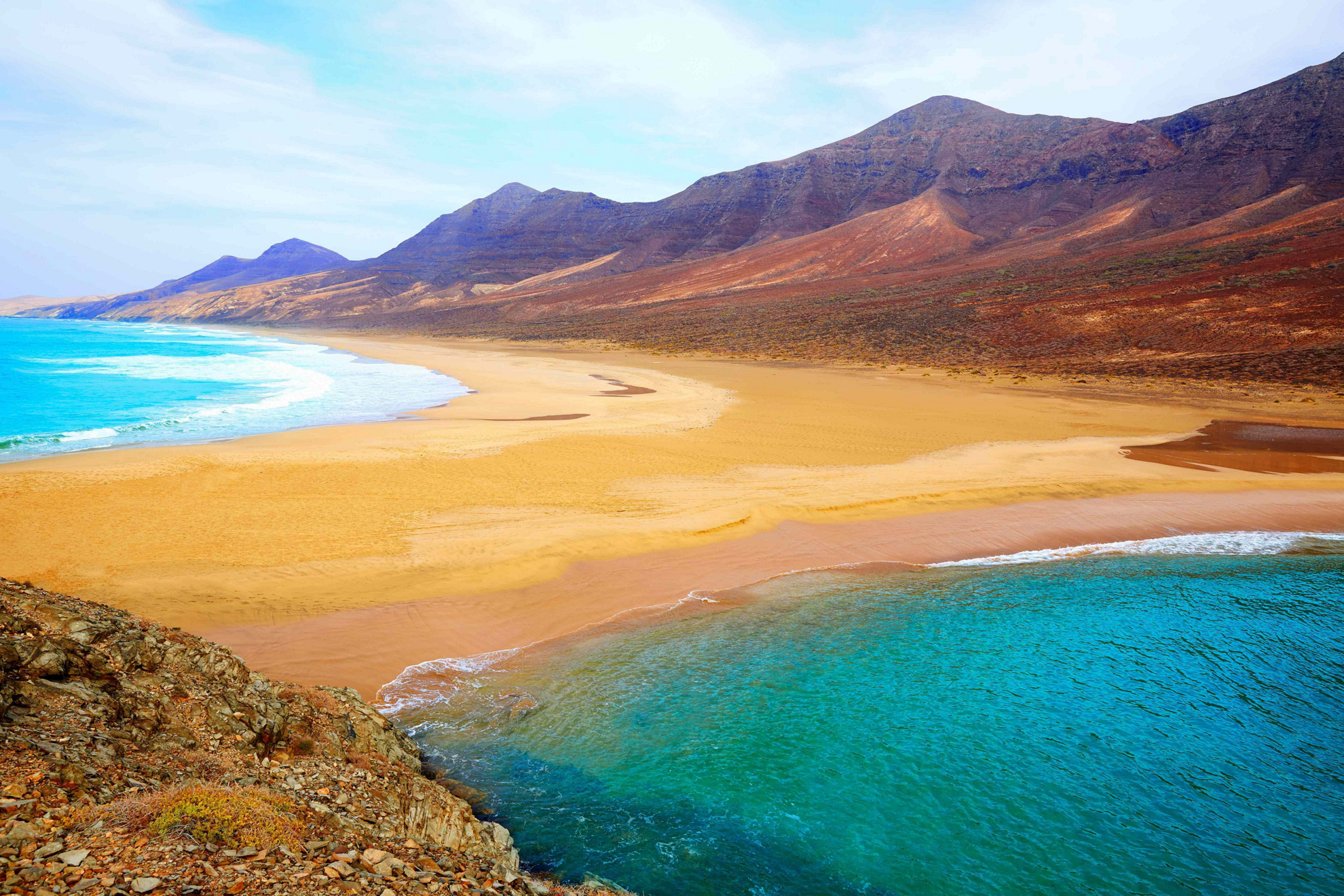

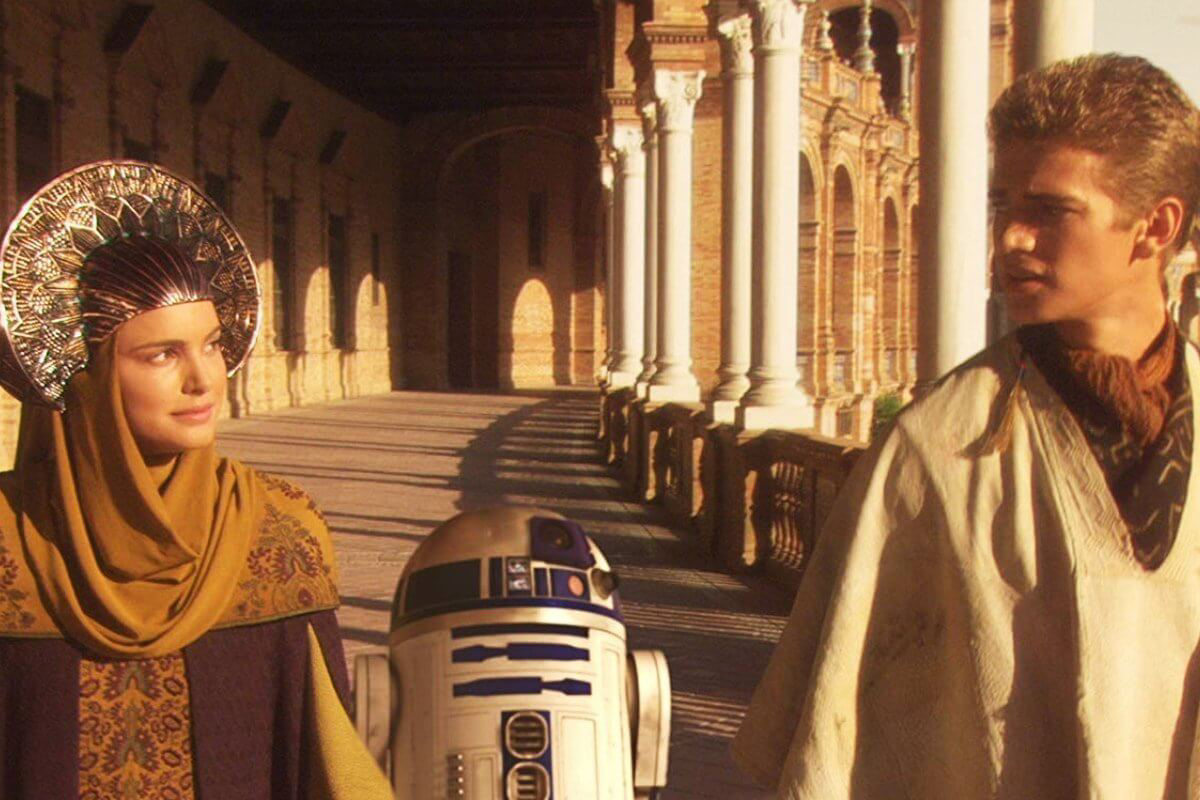

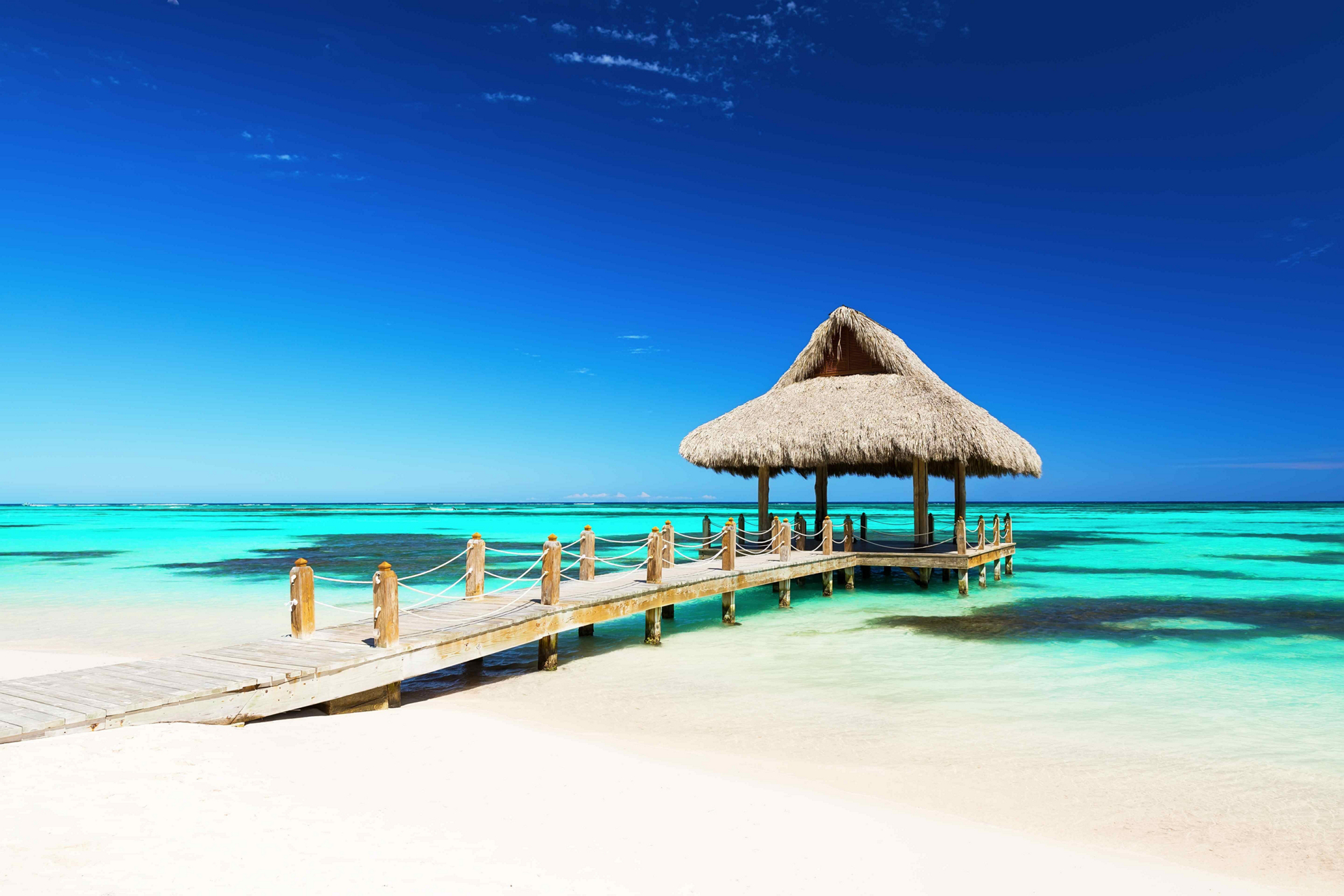

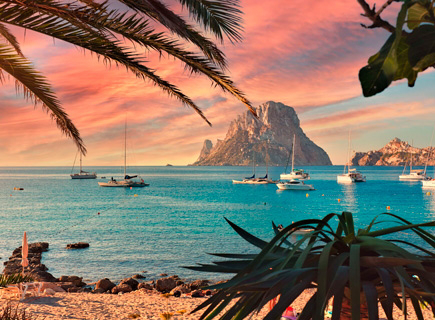
_435x320?&)

